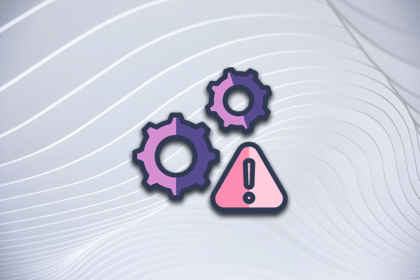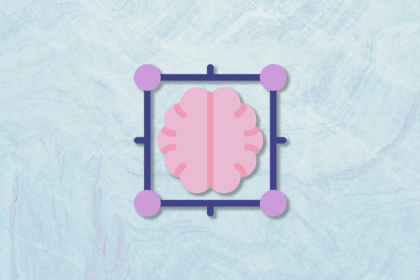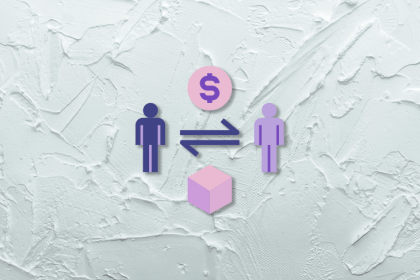
The wide breadth and high expectations of the product management role lend themselves to impostor syndrome. Learn how to manage and overcome it.

Scope creep is common in project management and occurs when the scope of the project expands beyond its original boundaries, resulting in missed deadlines, budget overruns, and decreased quality.

Project governance is nothing without input from product managers. To stay truly agile, your product processes and actions should always be reviewed and improved.

When it comes to identifying your ideal target customer, the common wisdom of focusing on a niche first often does more harm than good.

Nailing jobs that customers do frequently will improve your product adoption. Customers need to understand what your product does for them.

Design thinking is a user-centric, iterative approach to problem-solving that encourages empathy, experimentation, and collaboration.

The product development manager is a cross-functional and hybrid role that sits somewhere between project and product management.

As a PM, you and your team likely will face many different customer pain points, needs, and opportunities. It helps to have a well-structured, evidence-based problem statement.

Pricing is one of the hardest puzzles product managers have to solve, especially when there’s a lot of uncertainty.

VOC helps ensure that customer requests are valuable and creates a competitive advantage by offering a better customer experience.

Your first job as a mobile PM can be daunting. This glossary will familiarize you with key concepts related to mobile product development.

In this article we will explore what churn is, the impact it has on businesses, and strategies to reduce it.